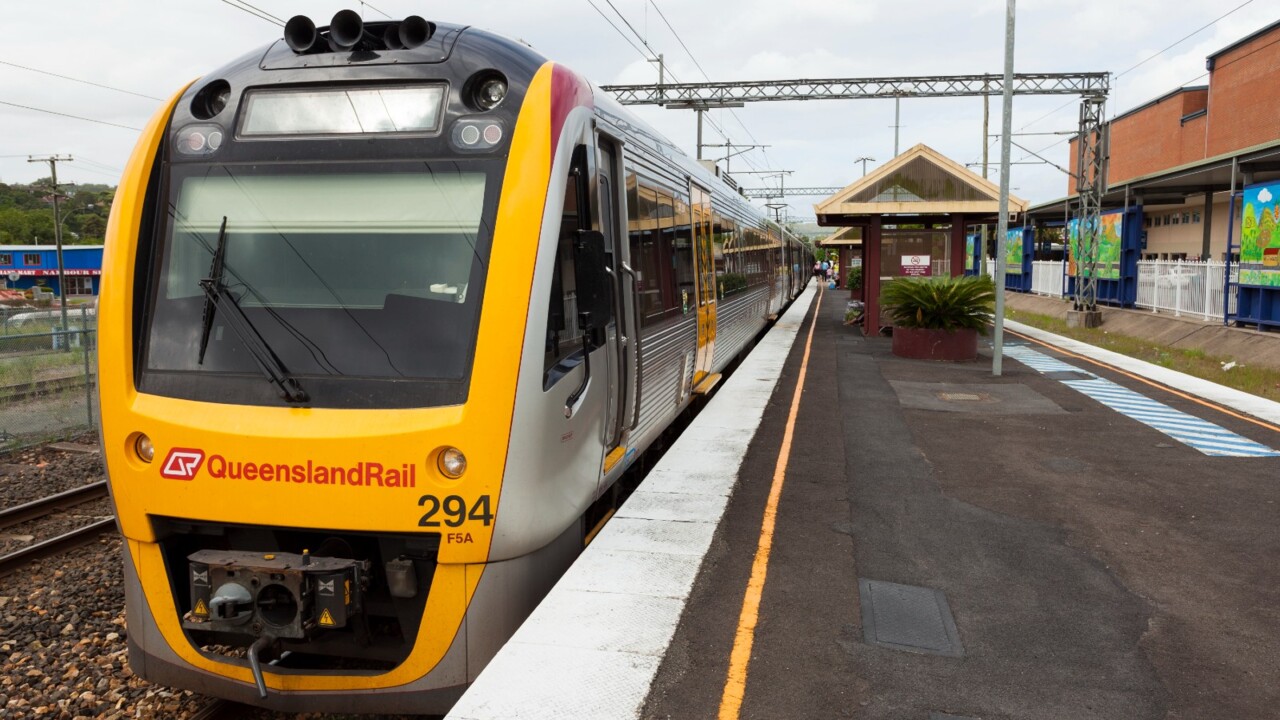Queenslanders’ herculean task to ’use it or lose it’ with 50c fares
After Premier Steven Miles told Queenslanders “use it or lose it” on his 50c public transport fare deal, it has emerged how hard that will be. VOTE IN OUR POLL

QLD News
Don't miss out on the headlines from QLD News. Followed categories will be added to My News.
South East Queenslanders would need to log nearly 450,000 extra public transport trips a week in order to bring patronage back to pre-pandemic levels and make the state government’s 50c fare trial a success, new data has revealed.
Analysis of TransLink trip data has also revealed current public transport use in the southeast is lower now than it was more than a decade ago, despite a population boom.
Commuters across Queensland will pay public transport fares of just 50c until February in a six-month trial aimed at easing the cost of living and in a bid to get more people on to trains, buses and ferries to ease congestion on roads.
The state government, including Treasurer Cameron Dick, hope the trial will help get public transport patronage back to pre-pandemic levels.
“And if we can get improvement on top of that, that would be great,” he said.
But TransLink data shows there would need to be 450,000 more trips a week on average in the southeast — the equivalent of 8.5 full capacity Suncorp Stadium crowds — in order to get patronage back to 2019 levels.
An average of 3.2m trips were logged each week across trains, buses, ferries and light rail in the first three months of 2024.
The 2019 average was 3.67m trips a week.
The 2024 figures are also 209,000 trips a week short of hitting 2012 public transport patronage — when there were 3.43m trips a week despite the population of the southeast being significantly lower than it is now.
Census data shows the wider Brisbane area, stretching to Logan, Caboolture and Ipswich, had a population of 1.87m in 2011.
As of the 2021 Census this population had grown to 2.28m — and increase of 410,000 people in a decade.
Transport experts said Covid-19 had forced a significant drop in public transport usage, but warned the ongoing working-from-home trend and the fact the state’s network hadn’t evolved with the population could be further impediments.
University of Queensland transport engineer Professor Mark Hickman said working from home had played a role, noting the public network in southeast was strongly oriented toward the CBD.
“We (also) haven’t really seen a lot of changes in the public transport network. Over the years not a lot has changed in expanding rail services or bus services,” he said.
“We haven’t expended to new markets or tried to capture new riders to the public transport network.
“And I think going forward the secret to getting more public transport users will involve reaching out to new markets (through) the new Metro service (and) expanding services to the Sunshine Coast.”
Premier Steven Miles has warned Queenslanders to “use it or lose it” on the 50c fares.
“If this is effective, if this reduces congestion and sees lots of people get back on public transport then obviously we’ll consider making it permanent,” he said.
“If it doesn’t work and if people don’t return to public transport then it won’t stack up and it won’t continue.”
Originally published as Queenslanders’ herculean task to ’use it or lose it’ with 50c fares





